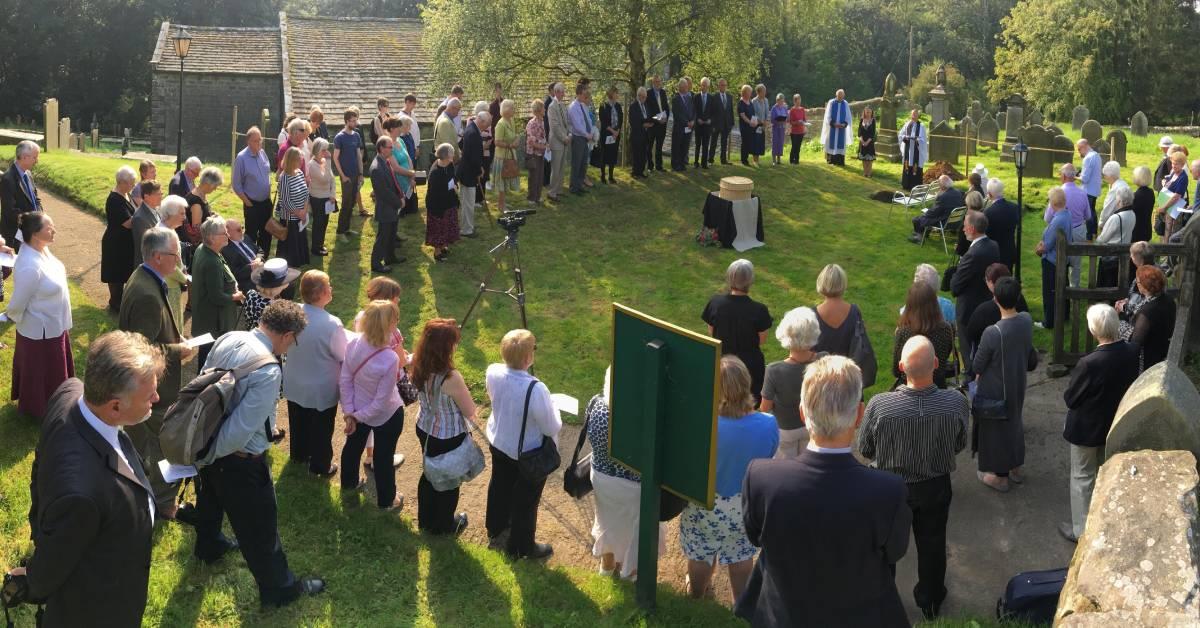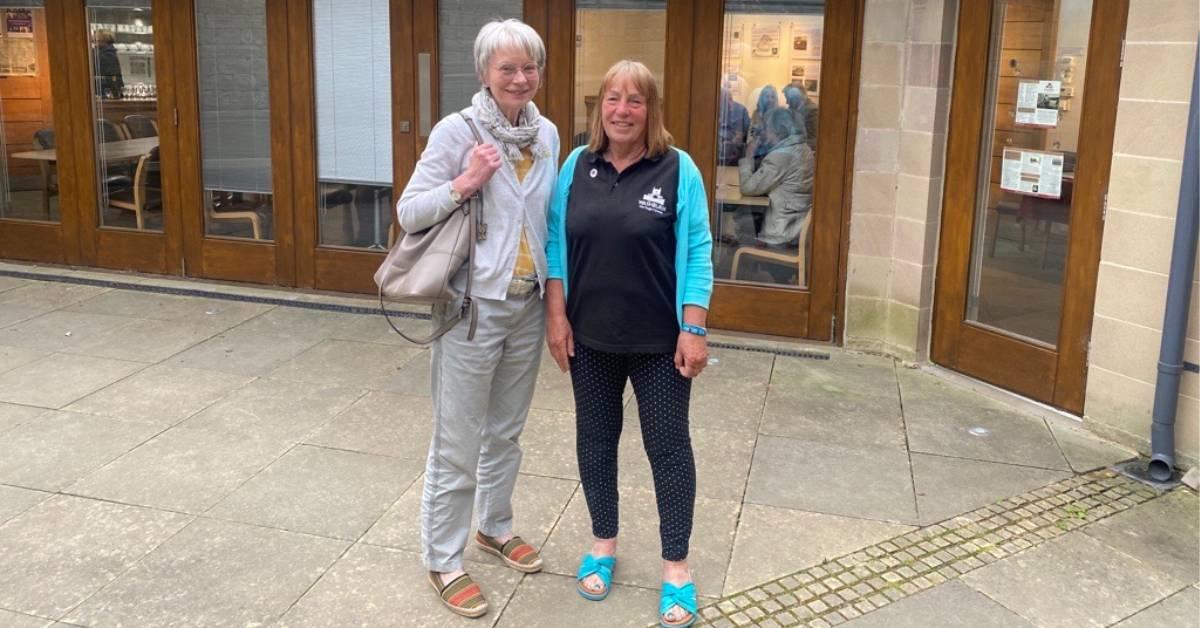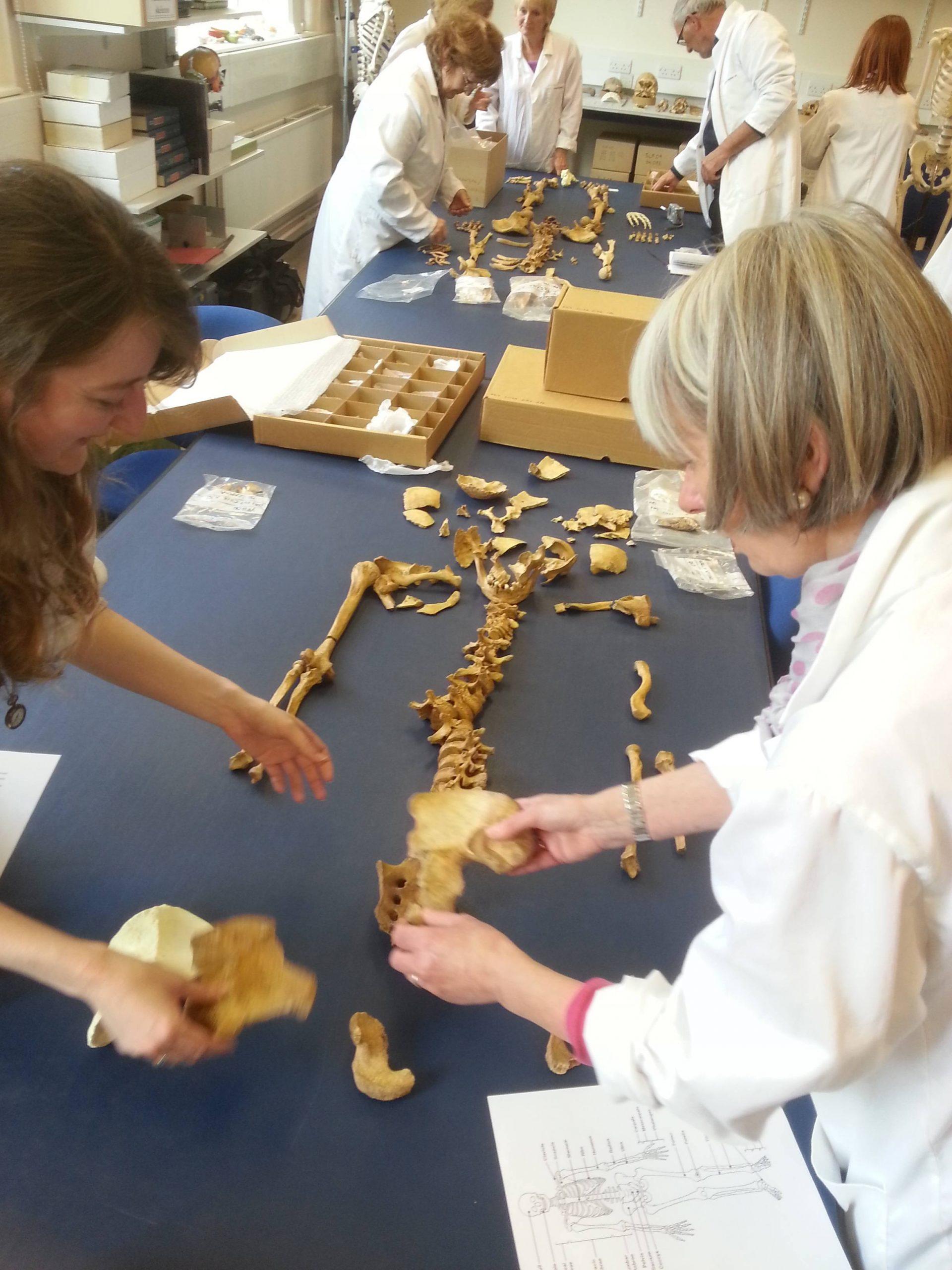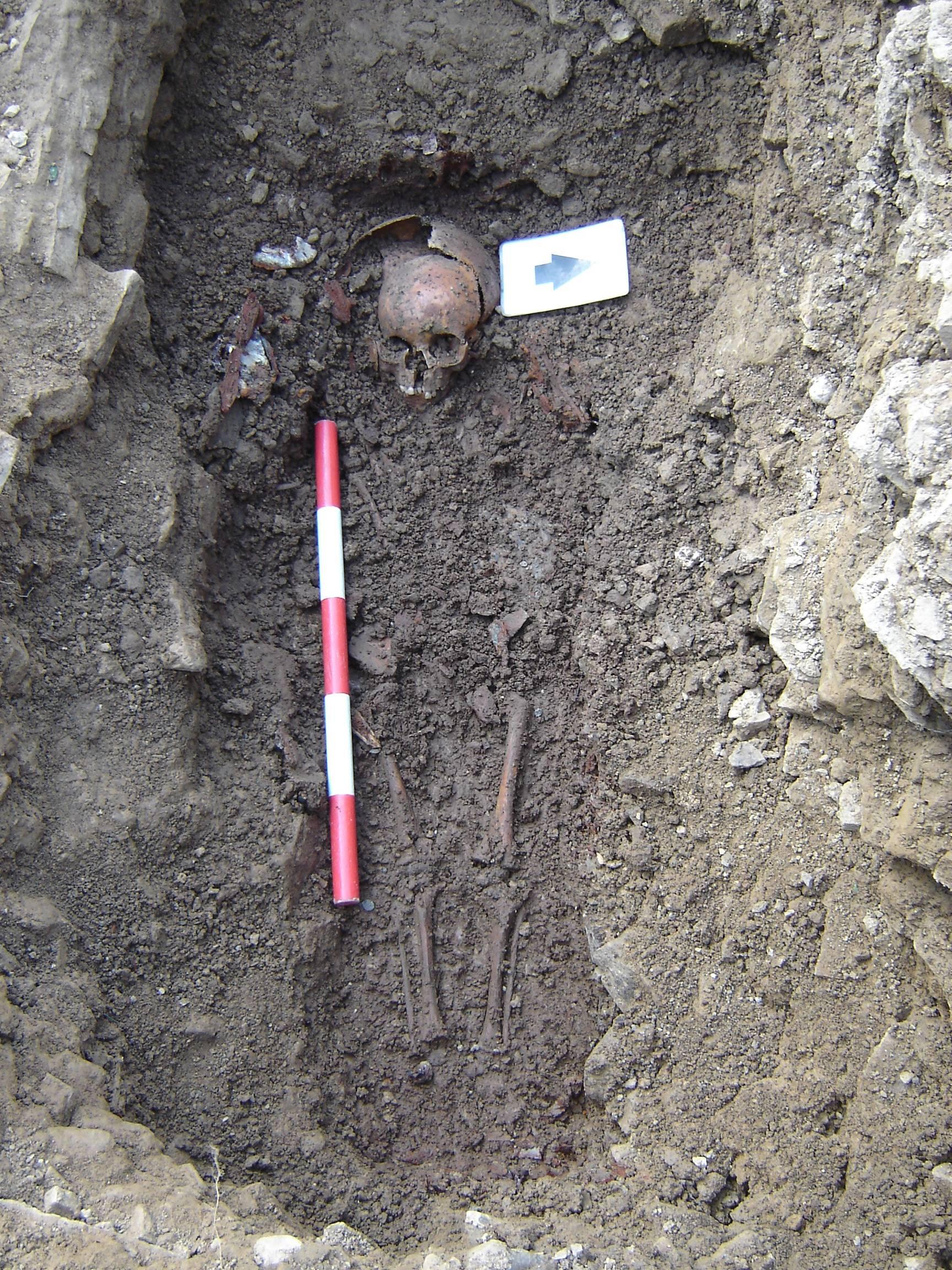Subscribe to trusted local news
In a time of both misinformation and too much information, quality journalism is more crucial than ever. By subscribing, you can help us get the story right.
- Subscription costs less than £1 a week with an annual plan.
Already a subscriber? Log in here.
11
Jun 2023
Fewston's beauty hides harrowing past

With its picturesque setting alongside Fewston reservoir, and famously good cakes, Washburn Heritage Centre is a popular place to visit.
But the centre’s tranquil location belies a harrowing and less well known past that local volunteers have helped to piece together over the last decade.
In 2009 and 2010, before the centre was built alongside St Michael and St Lawrence Church, volunteers worked alongside academics and archaeologist John Buglass to investigate human remains buried in the graveyard.
Child workers were transported from London to the Washburn Valley to work on mills in Blubberhouses in Victorian times. The bodies of many lay unmarked alongside Fewston.

Sally Robinson (left) and fellow volunteer Sarah Stead outside the heritage centre.
Sally Robinson, chair of the management committee at the centre, who led the team of volunteers, said:
The remains of 154 individuals and artefacts were discovered and now form what has become known as the Fewston assemblage.
The assemblage has assumed international significance for archeologists because of the social history it reveals.

Scientists and community volunteers analysing the skeletal remains from Fewston
An academic paper published last month detailed how the investigation led by Durham University pieced together the story of forgotten 'pauper apprentices' from Washburn Valley. Many were aged between eight and 20 years when they died.
Analysis showed the children were distinctive from locals because of their stunted growth and malnutrition, as well as evidence of diseases associated with hazardous labour.
Examination of the bones and teeth highlighted many had died from tuberculosis and respiratory disease associated with millwork, or from diseases of deprivation, such as rickets.
Lead author Rebecca Gowland, a professor in the department of archaeology at Durham University, said:

From the excavation site in Fewston where the remains were discovered. Pic: John Buglass Archaeology
The remains were reburied in a ceremony in 2016. Artwork inspired by the analysis and an exhibition are on now on permanent display at Washburn Heritage Centre.
Ms Robinson said:
0